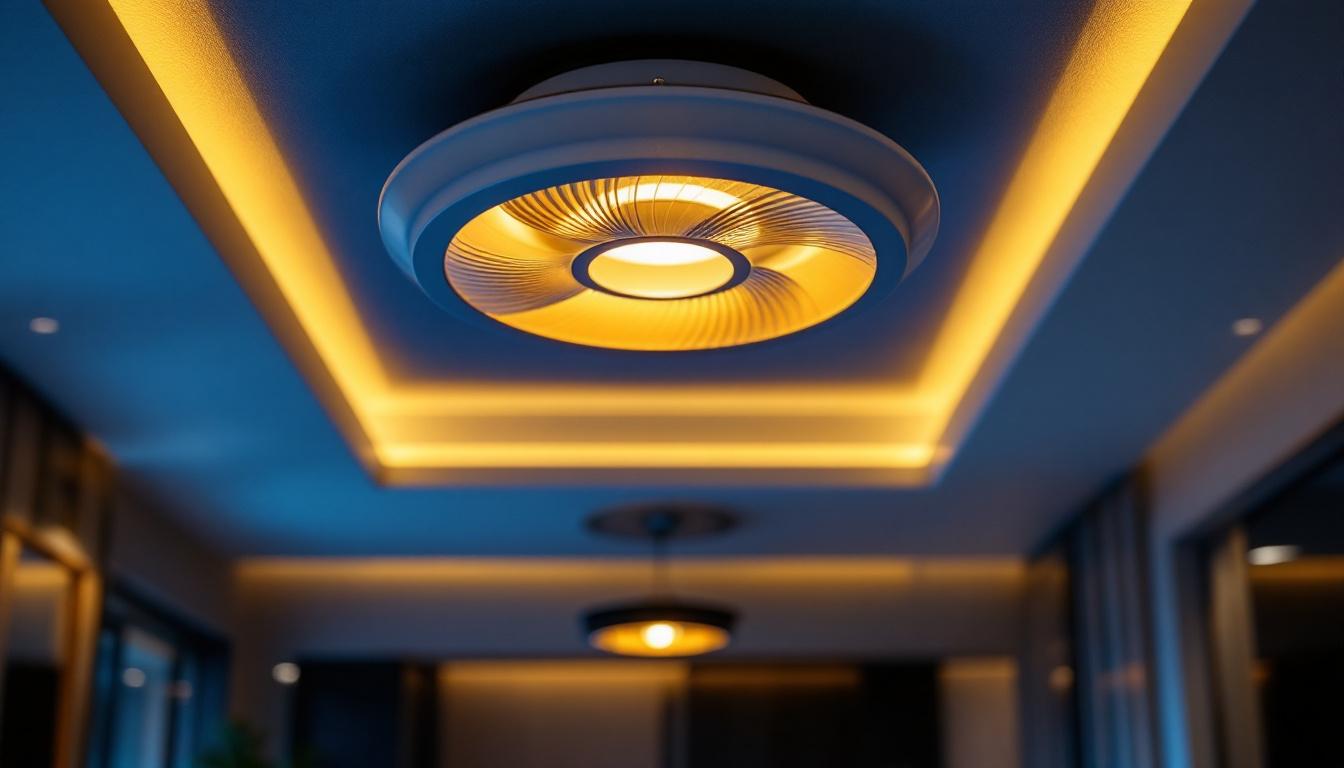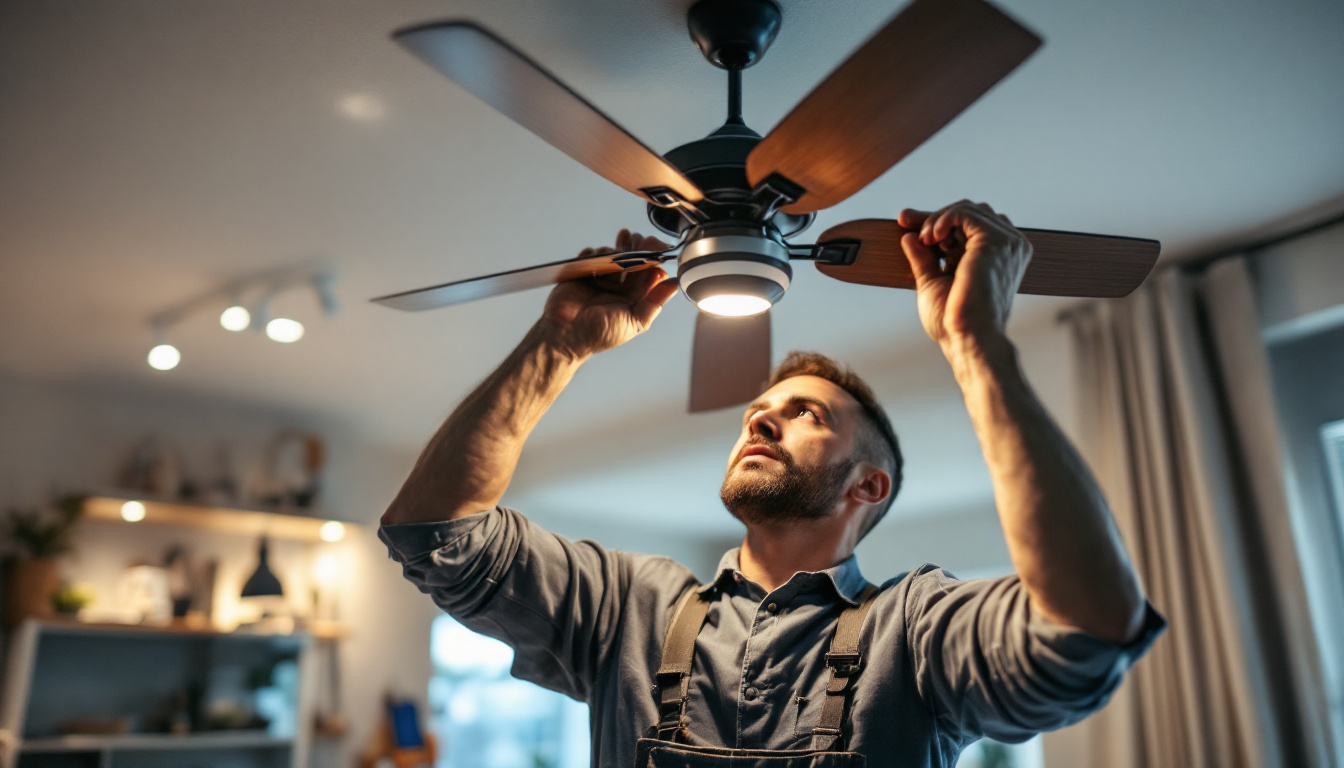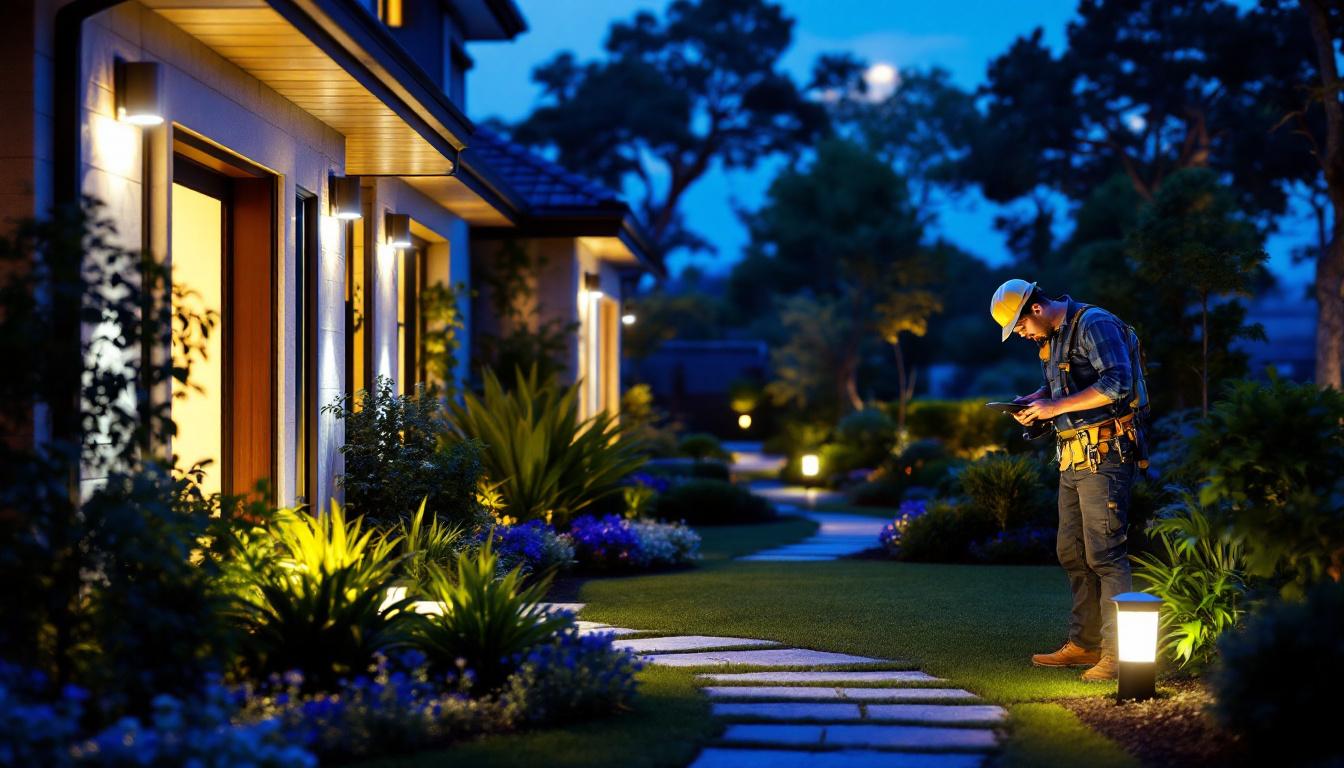
As the demand for energy-efficient lighting solutions continues to grow, many lighting contractors are faced with the task of converting traditional fluorescent lighting systems to LED. This transition not only enhances energy efficiency but also improves the quality of light, reduces maintenance costs, and aligns with environmental regulations. This article will delve into the essential aspects of converting 4ft fluorescent lights to LED, focusing on compliance requirements and key considerations for lighting contractors.
Converting from fluorescent to LED lighting offers numerous benefits that can significantly impact both the contractor’s business and the client’s satisfaction. Understanding these advantages is crucial for contractors looking to promote LED solutions effectively.
One of the most compelling reasons to switch to LED lighting is energy efficiency. LEDs consume significantly less power than fluorescent lights, often using up to 75% less energy. This reduction in energy consumption translates to lower utility bills for clients, making LED lighting an attractive option for both residential and commercial applications. Additionally, the decreased energy demand contributes to a reduction in greenhouse gas emissions, aligning with the growing trend towards sustainability and environmental responsibility. As more clients prioritize eco-friendly solutions, contractors who offer LED options can position themselves as forward-thinking and responsible partners in their projects.
LED lights boast a much longer lifespan compared to fluorescent bulbs. While a typical fluorescent bulb may last around 10,000 hours, LED lights can last up to 50,000 hours or more. This longevity not only reduces the frequency of replacements but also minimizes maintenance costs, which is a crucial consideration for businesses operating in commercial environments. Furthermore, the durability of LEDs means they are less prone to breakage, making them ideal for high-traffic areas or installations where safety is a concern. This reliability can be a strong selling point for contractors, as clients will appreciate the peace of mind that comes with a longer-lasting lighting solution.
LED lighting provides superior light quality, offering better color rendering and consistency. This can enhance the overall ambiance of a space, making it more inviting and functional. For contractors, this means that clients are likely to be more satisfied with the final outcome, leading to potential referrals and repeat business. Moreover, the ability to choose from a wide range of color temperatures allows clients to customize the lighting to suit their specific needs, whether they are looking for a warm, cozy glow in a residential setting or a bright, clear light for a workspace. This flexibility in design can elevate the overall aesthetic of a project, showcasing the contractor’s ability to deliver tailored solutions that meet client expectations.
When converting fluorescent lights to LED, compliance with local and national regulations is essential. Understanding these compliance requirements ensures that the installation meets safety standards and can help avoid potential legal issues.
Many regions have implemented energy codes that dictate the minimum efficiency standards for lighting systems. Contractors must familiarize themselves with the applicable codes in their area, such as the International Energy Conservation Code (IECC) or local building codes. Ensuring compliance with these standards not only guarantees a successful installation but also helps clients qualify for energy rebates or incentives. Additionally, staying updated on any amendments to these codes is crucial, as energy efficiency regulations can evolve rapidly in response to technological advancements and environmental policies.
Fluorescent lights contain hazardous materials, including mercury, which necessitates proper disposal methods. Contractors must adhere to local regulations regarding the disposal of fluorescent bulbs to prevent environmental contamination. This often involves working with certified e-waste disposal companies to ensure that all hazardous materials are handled safely and legally. Furthermore, it’s important for contractors to educate clients about the significance of proper disposal, as improper handling can lead to severe penalties and environmental harm, reinforcing the need for responsible practices throughout the conversion process.
LED products should have appropriate certifications, such as Energy Star or DesignLights Consortium (DLC) listings, to ensure they meet performance and safety standards. Contractors should verify that the LED products they choose are compliant with these certifications, as this can impact the overall project quality and client satisfaction. In addition to these certifications, it’s beneficial to consider the warranty and lifespan of the LED products, as higher-quality options often come with extended warranties that reflect their durability and reliability. This not only enhances the value of the installation but also fosters trust between contractors and clients, as they can be assured of the long-term performance of their lighting systems.
The conversion process from fluorescent to LED involves several key steps that contractors must follow to ensure a successful installation. Each step is crucial for achieving optimal performance and compliance.
Before beginning the conversion, it is essential to assess the existing fluorescent fixtures. Contractors should check the fixture type, ballast compatibility, and overall condition. This assessment will inform the selection of LED products and determine whether any modifications to the fixtures are necessary.
Choosing the appropriate LED replacement is critical. There are various options available, including direct replacement LED tubes that work with existing ballasts and retrofit kits that require the removal of the ballast. Contractors should consider factors such as lumen output, color temperature, and beam angle when selecting LED products to ensure they meet the client’s needs and preferences.
The installation process varies depending on the type of LED replacement chosen. For direct replacement tubes, the process is relatively straightforward, involving the removal of the old fluorescent tubes and installation of the new LED tubes. However, for retrofit kits, contractors may need to remove the existing ballast and rewire the fixture. Proper installation techniques must be followed to ensure safety and compliance with electrical codes.
While converting fluorescent lights to LED can be straightforward, contractors may encounter challenges during the process. Being prepared for these challenges can help ensure a smooth installation.
One common issue is ballast compatibility. Not all LED tubes are designed to work with existing ballasts, which can lead to flickering or non-functioning lights. To mitigate this issue, contractors should verify the compatibility of the LED tubes with the existing ballast or opt for ballast-bypass solutions, which eliminate the ballast altogether.
Another challenge is achieving the desired color temperature. Clients may have specific preferences for warm or cool lighting, and mismatches can lead to dissatisfaction. Contractors should consult with clients about their lighting preferences and select LED products that align with those preferences, ensuring a successful outcome.
Navigating regulatory compliance can also be challenging. Contractors should stay informed about local and national regulations regarding lighting installations. Regular training and updates on compliance requirements can help contractors remain knowledgeable and avoid potential pitfalls.
Understanding the financial implications of converting fluorescent lights to LED is essential for contractors. This knowledge can aid in pricing strategies and client discussions.
While the initial investment for LED products may be higher than traditional fluorescent lights, the long-term savings on energy bills and maintenance costs can be substantial. Contractors should clearly communicate these savings to clients, emphasizing the return on investment over time. This approach can help clients feel more comfortable with the upfront costs associated with the conversion.
Many clients may be hesitant to invest in LED conversions due to upfront costs. Contractors can assist clients by providing information on financing options, including energy efficiency loans or leasing programs. By presenting these options, contractors can facilitate the decision-making process and encourage clients to move forward with the conversion.
Various utility companies and government programs offer incentives and rebates for energy-efficient lighting upgrades. Contractors should stay informed about available programs in their area and communicate these opportunities to clients. This can further reduce the financial burden of the conversion and enhance the overall appeal of LED lighting solutions.
The lighting industry is constantly evolving, and staying ahead of trends can provide contractors with a competitive edge. Understanding future developments in LED technology can help contractors better serve their clients.
Smart lighting technology is gaining traction, allowing users to control their lighting systems through apps or voice commands. This trend is expected to continue, with more clients seeking integrated solutions that enhance convenience and energy management. Contractors should consider offering smart LED options to meet this growing demand.
LED technology is continually advancing, with improvements in efficiency, color rendering, and design. Staying informed about these advancements can help contractors recommend the best products to clients and maintain a reputation for offering cutting-edge solutions.
As sustainability becomes a priority for businesses and consumers alike, contractors should focus on promoting the environmental benefits of LED lighting. Highlighting the reduced carbon footprint and lower energy consumption associated with LED solutions can resonate with eco-conscious clients and enhance the contractor’s brand image.
Converting 4ft fluorescent lights to LED is a valuable service that lighting contractors can offer to their clients. By understanding the benefits, compliance requirements, and installation processes, contractors can successfully navigate this transition. Additionally, staying informed about financial considerations and future trends will position contractors as knowledgeable experts in the lighting industry. Embracing the shift to LED not only enhances energy efficiency and light quality but also contributes to a more sustainable future.
Ready to elevate your lighting projects and exceed client expectations? LumenWholesale is your trusted partner in the transition from fluorescent to LED. Our commitment to quality and affordability ensures you have access to the best spec-grade lighting products at wholesale prices. Say goodbye to middleman markups and hello to a vast selection of industry-standard, high-performance lighting options. With the added convenience of free shipping on bulk orders, LumenWholesale is the smart choice for contractors seeking value without compromise. Begin your seamless shopping experience and take advantage of unbeatable wholesale value by visiting Wholesale Lighting at the Best Value today.

Discover how recessed light decorative covers can transform your lighting projects and help you secure more contracts.

Discover how LED spotlights recessed can revolutionize the lighting industry by saving contractors both time and money.

Discover how understanding the intricate parts of a ceiling fan can give lighting contractors a competitive edge in the industry.

Explore the innovative world of outdoor LED light strips powered by solar energy.